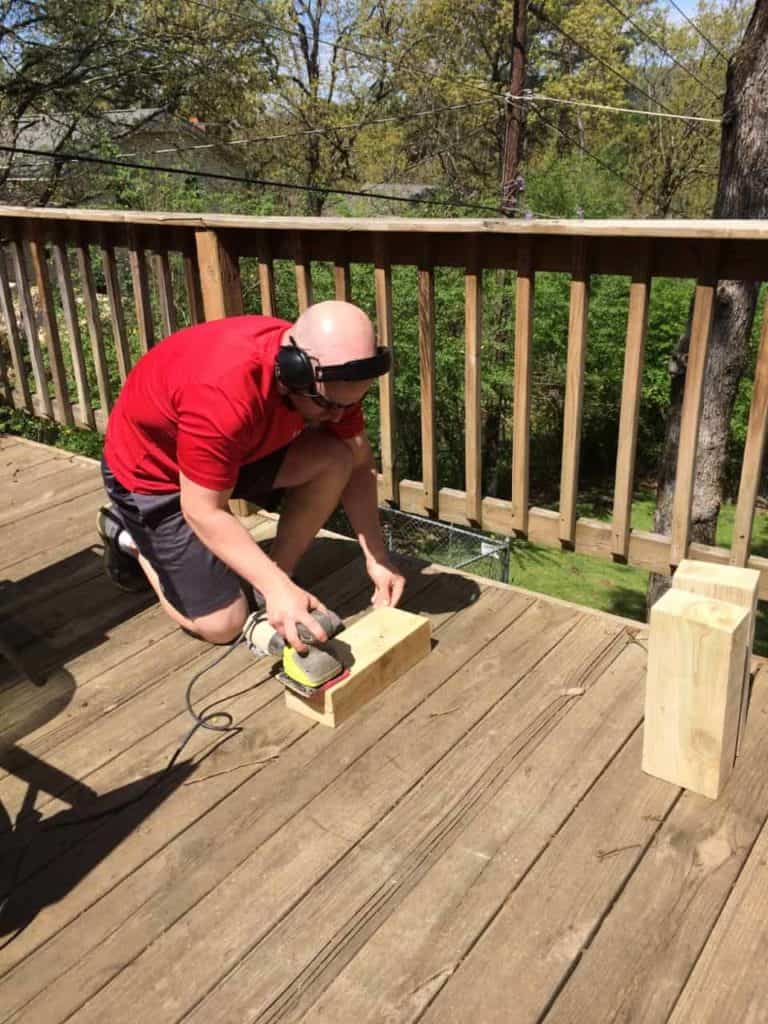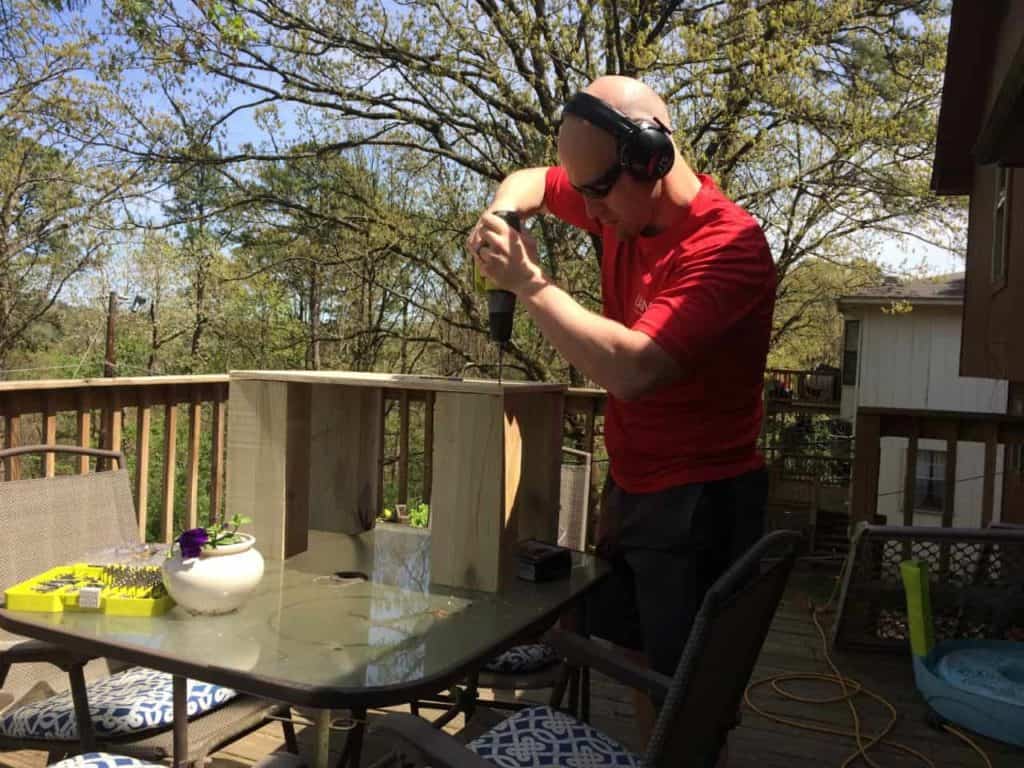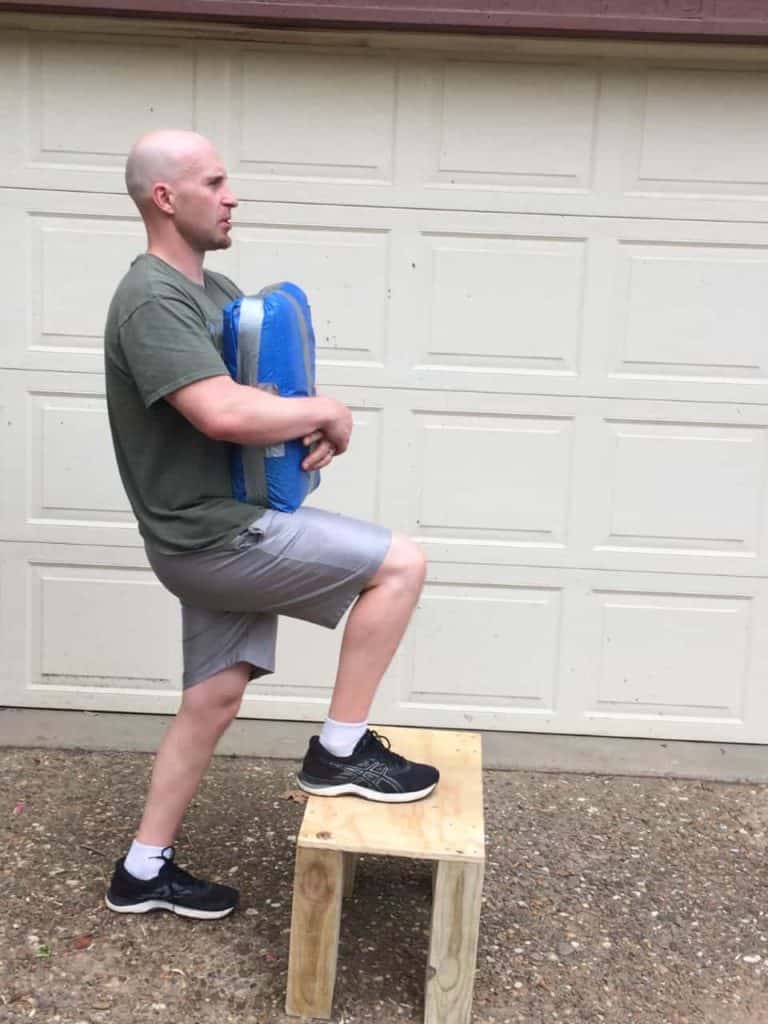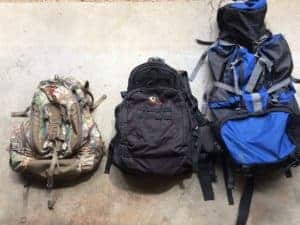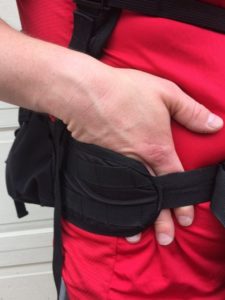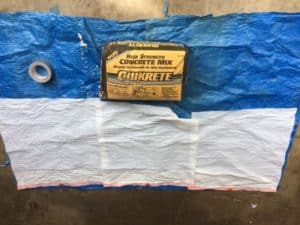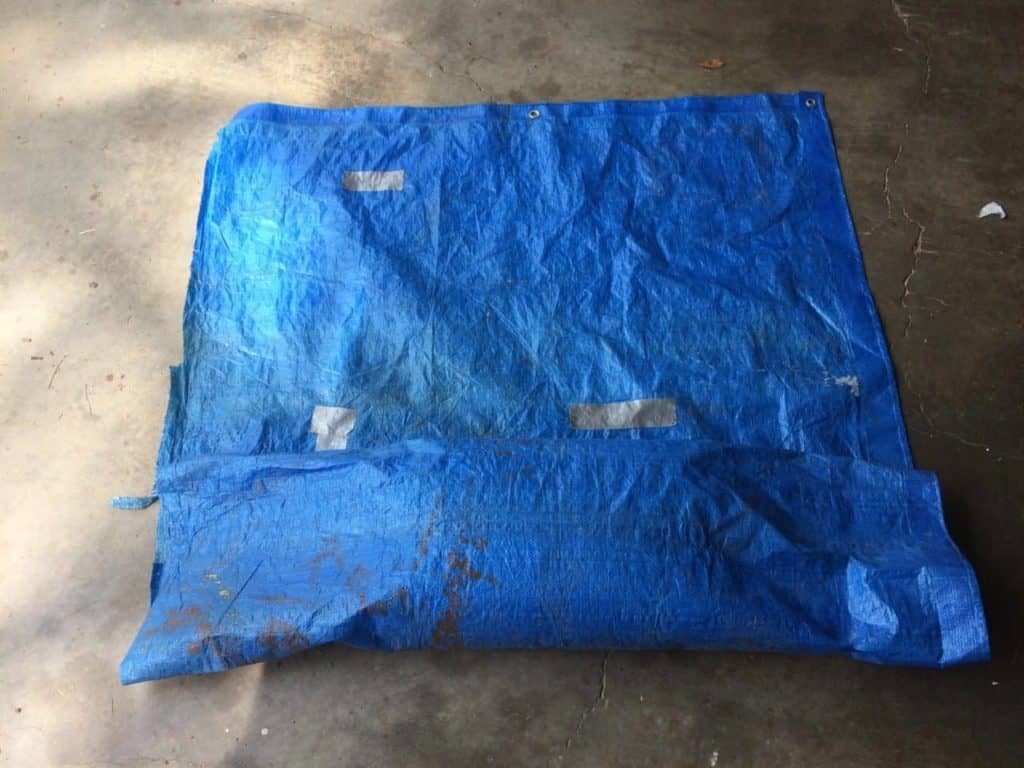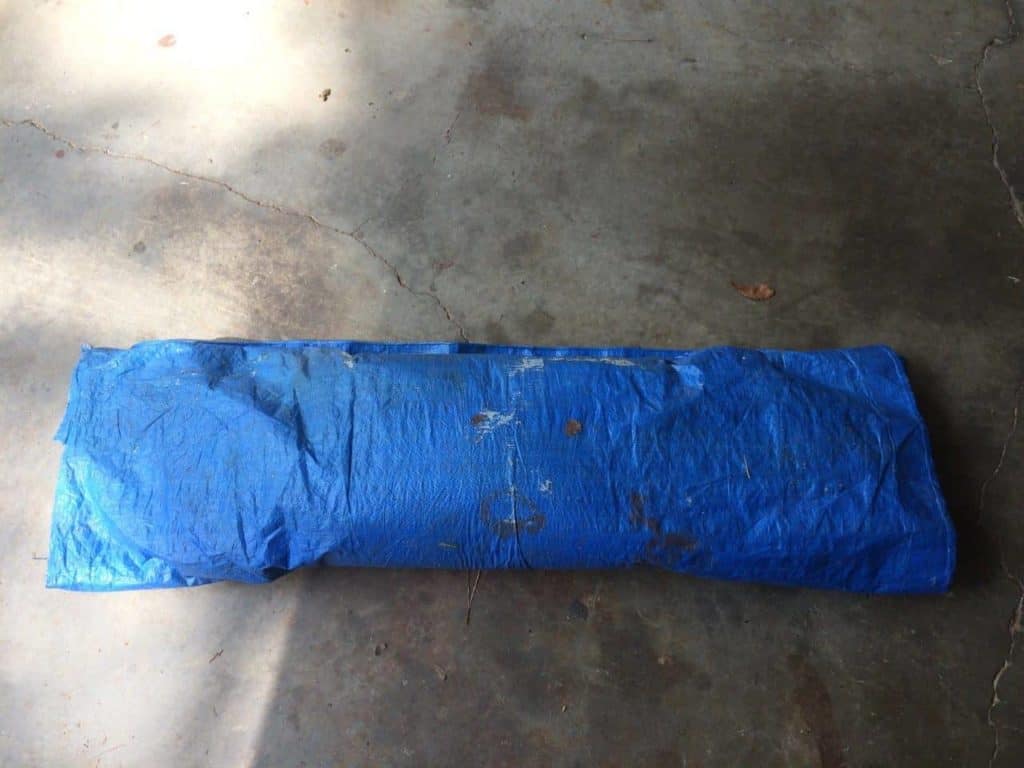Watch the full recording here!
AR-Connect
Learn about a fantastic new service available to our employees and students who might be struggling with mental illness but unable to find a suitable provider in their community. Listen to learn about its benefits for You!
UAMS Fitness Center and Workout Break with Lindsay
Fitness Center Manager, Adam Carter will talk about Fitness Center services and Lindsay Joyce, our newly minted fitness coordinator, will lead a quick workout break you can do anywhere.
Working Through Stress with Matt Boone, LCSW
We all carry stress, and during the pandemic, our load has increased. Matt Boone, a licensed social worker, will talk about how to lighten the load.
Marcia Dunbar, volunteer coordinator from the UAMS Auxiliary, shares an exciting opportunity for ways you can contribute to their services.
Grocery Haul with Cayla-Marie Jackson, RDN
Have you ever looked at a package label and felt lost? Registered dietitian Cayla-Marie Jackson will review some typical food products and teach us how to read labels.
Arkansas Employee Assistance Program
Our EAP has some exciting new options for employees at UAMS. Did you know that your UMR insurance covers 10 visits with an EAP professional per year? Listen to learn more!
Join to learn about open enrollment, new convenient drop-off additions and important deadlines that affect your paycheck! DON’T Miss this!
Do you ever just need someone to talk to? Pastoral care has created a new service for employees and students who just need to chat with someone who will understand. Tune in to learn more!
Stocked & Reddie and Cooking Demo
Join Mande Corbett from UAMS Stocked & Reddie and Margaret Pauly, registered dietitian, as they demonstrate how to make a healthy, hearty meal.
Tune in to hear a short update on our fantastic accomplishments toward our Vision 2029 goals.
Yoga for Health Care Professionals
Grab a mat or a chair and unwind with Melissa Easdon for some yoga you can do anywhere, wearing any attire. Our last class participants were so relaxed after this session!
M.O.V.E. to Emotional Wellness Tips
Join Tiffany Haynes, Ph.D., and Maria Ruvalcaba for some tips on ways to take care of yourself and your emotional well-being during these trying times.
If you are unable to make it today, the sessions above will be recorded and available on the Get Healthy UAMS website after the event.
Extras!
Online Mindfulness Sessions – The UAMS Mindfulness Program is offering daily mindfulness sessions for employees and students at noon! Tune in for a moment of calm in your busy day.
Pop-up Fitness Classes with Lindsay Joyce – The UAMS Fitness Center will be hosting pop-up Zoom classes during the month of October.
Safe Traveling Tips from UAMS & Arkansas.com – Check out this tip sheet on how to travel safely.
Questions? Email gethealthy@uams.edu



